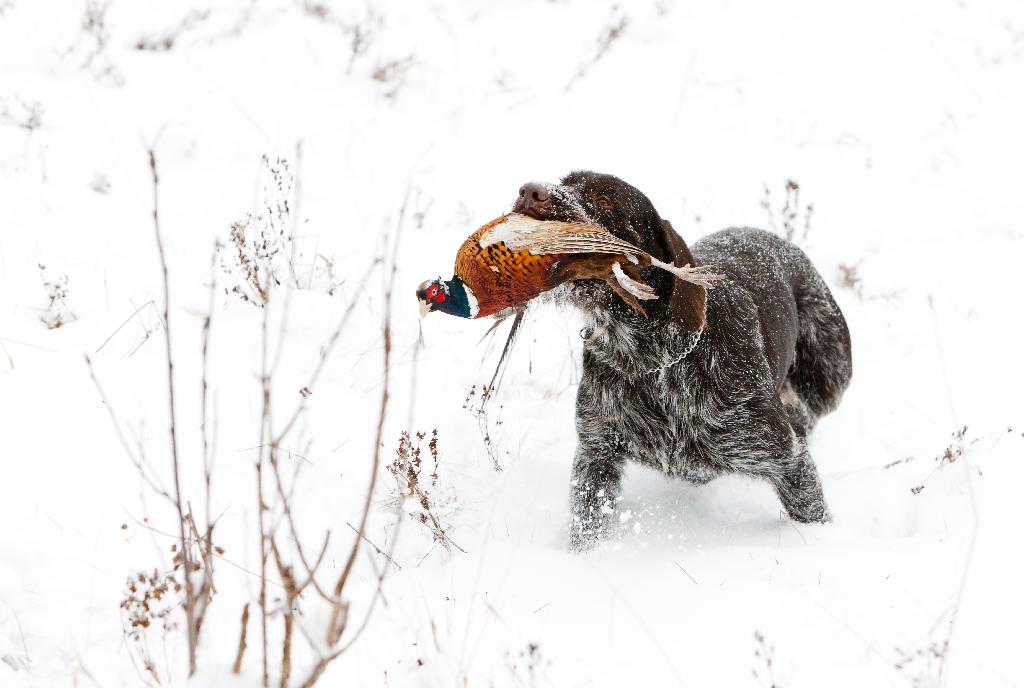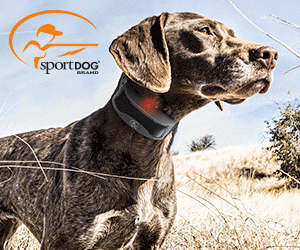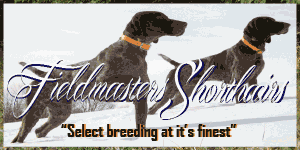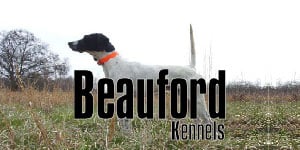Outwitting Pheasants
Be Sneaky like a Rooster. For this reason, hunters need to be crafty. Start by NOT parking near the hunting area. If possible and if it can be done safely drop hunters off and hunt towards each other. When working fields create pinch points by pushing or pressuring roosters. Nervous roosters become fidgety and will take to the air allowing for shots. Hunters need to walk in a slow pace. Zig and zag. Educated roosters circle, sneak and skulk, why shouldn’t pheasant hunters? Try to avoid the same maneuvers that others use.
Hunt in Silence. While pheasants lack the power of smell, wary rooster’s most valuable defensive weapon is their acute hearing. This is harped on a lot and for good reason. Hunters that pull up onto a spot and slam doors, talk, rummage around for their gear and shotguns, will send roosters scurrying away or prematurely flush at the sound of danger.
Attack Formations & Tactics. Driving pheasants from one side of a field to the other where blockers are positioned is probably the most common way they are hunted. There’s nothing wrong with this tactic. An option for hunting groups would be to use hunters as “flankers” or “wingmen” in a “U” style formation.
These hunters set up on either side or flank of a group – spaced about forty yards slightly in front of the drivers. Their sole purpose is to help corral running roosters and take shots if birds flush instead of holding tight for hunters. As stated, the formation looks like a U. The flanker’s role is to help keep birds hemmed within the formation. Herd the birds. As the hunters close in, the flankers should naturally transition to blockers. Thus closing off their escape routes. Flankers need to be mobile and adaptable to the situations. An example would be if birds are running, flankers need to push farther out or become blockers.
Go Where Duck Hunters Go. Don’t overlook wetlands. Head towards the cattails. Dense cattails offer thermal protection and provide excellent shelter during the cold winter months. Look for cattails stands that are found near a food source, such as crops or fields.
Hunters should wear hip or muck boots if they’re going to wade into wetlands and marshes. Roosters think they are safe from hunters and they are not afraid to get wet if it means they live another day. Listen for running rooster’s as they splash through the water.
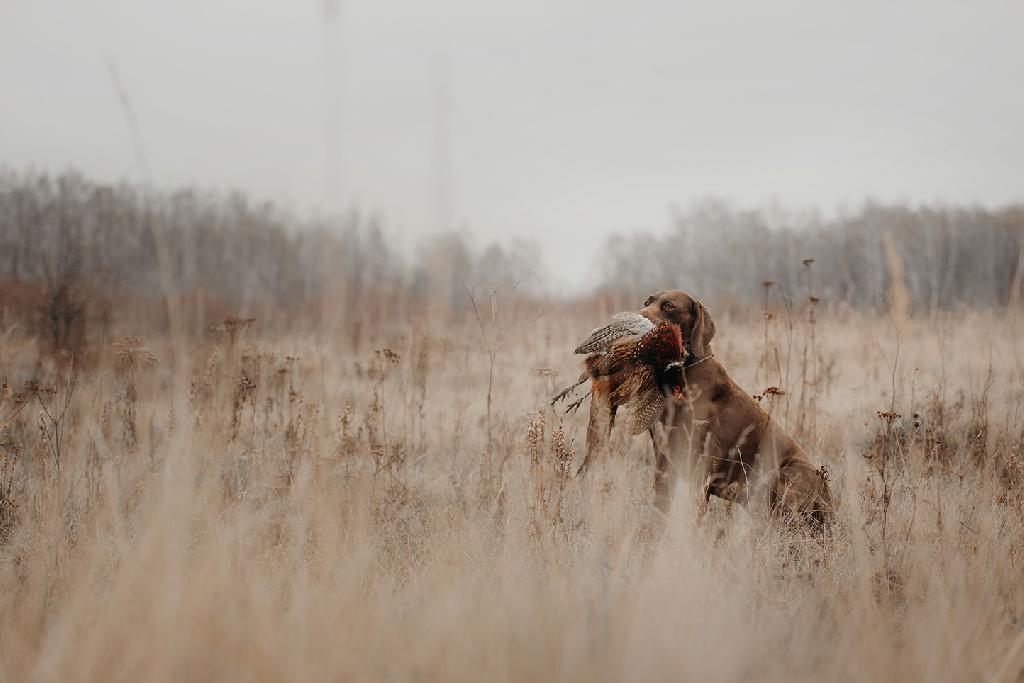
Hunt the Thick Stuff. Late in the season when the weather is unpredictable and can get nasty, opt for the ugliest cover to find roosters. When the landscape turns white, hunt plum and thorny thickets, cedars, multiflora tangles, and other thick cover. Anything that offers protection from the elements. Don’t overlook brush and debris piles in between fields and crops. It may be the ONLY cover available.
No Retreat. Hunters that don’t move birds on the first attempt, need NOT give up! Work the cover from a different angle. Work the corners and pockets of habitat. Sometimes it just takes a second thorough pass to get birds moving. Don’t give up.
Pheasant roosters are a paranoid bunch. This schizophrenic behavior makes them to be scarce in areas. Elusive too. Those opening day pickings are gone. A memory. A pheasant’s cunning nature means bird hunters have to do everything just right or risk going home with an empty game vest. It is a likely outcome. Not that a limit of roosters is vital, it just means hunters need to use a bit of strategy to overcome obstacles when hunting long-tails.
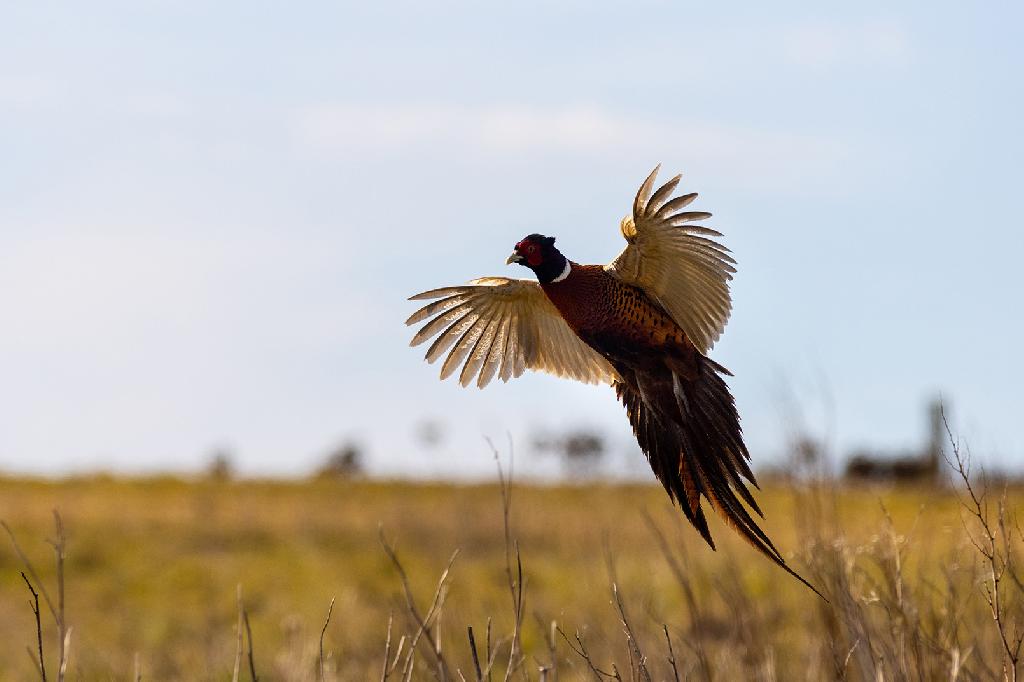
The rooster pheasant has been called one of the most, slyest of game birds that a hunter and their dog have ever faced. Pheasants will sit in silence, unseen in tall grass – intently listening. Feeling threatened, the pheasant may choose to run, staying low, elongating its body with head stretched out and its checkmark tail now parallel to the ground. Once a pheasant starts running, they weave right. They weave left. They’ll backtrack and sneak out either to the side or behind hunters. If any of those escape plans doesn’t work, the court jester of the prairie plays havoc with hunters and dogs with its trickery. As a last resort the bird will explode into the air, startling any hunters that are close. Don’t let pheasants outsmart you. Think outside the box and turn the tables and outwit them.
Related Aritlces
WHAT TO WEAR? THAT IS THE QUESTION.
What do I wear for bird hunting? Is a valid and common question asked by new bird hunters. The answers they receive will be on both sides of the spectrum. From the very basic to high-tech. Comfort and protection are paramount when hunting the uplands, as they can be versatile in every aspect of the hunt. There’s a style to the upland ruggedness we hunt. What bird hunters wear must allow them to walk comfortably and if need be, crash through heavy and unruly thickets, brambles, thick cover, as well as up and over rough terrain in mild to extreme conditions. Wear what makes you comfortable and what you can afford, while still maintaining breathability, warmth, dryness, and durability. These attributes make for upland field excursions more enjoyable when not thinking about whether the clothes on your back will function, so focus can be to putting birds in your bird vest.
Hunting Those Cold, Wet Winter Days in the Fi
We had parked a half-of-mile down the road. A couple of dozen roosters stood idle in the field. They resembled tiny black checkmarks from a distance against the white backdrop. Every once-in-a-while some would scoot in and out of brush piles and thickets. The snow had covered the land. Tufts of yellow grass were scattered across the field. Most of the grass had been covered by the snow. With no where to hide, the birds found refuge in what little cover they could find. This meant flocks of pheasants sheltering up together out of the elements. A small woodlot seemed to be providing roosters a place to get out of the wind and cold. According to the map the public parcel included an adjacent field of sorghum.




